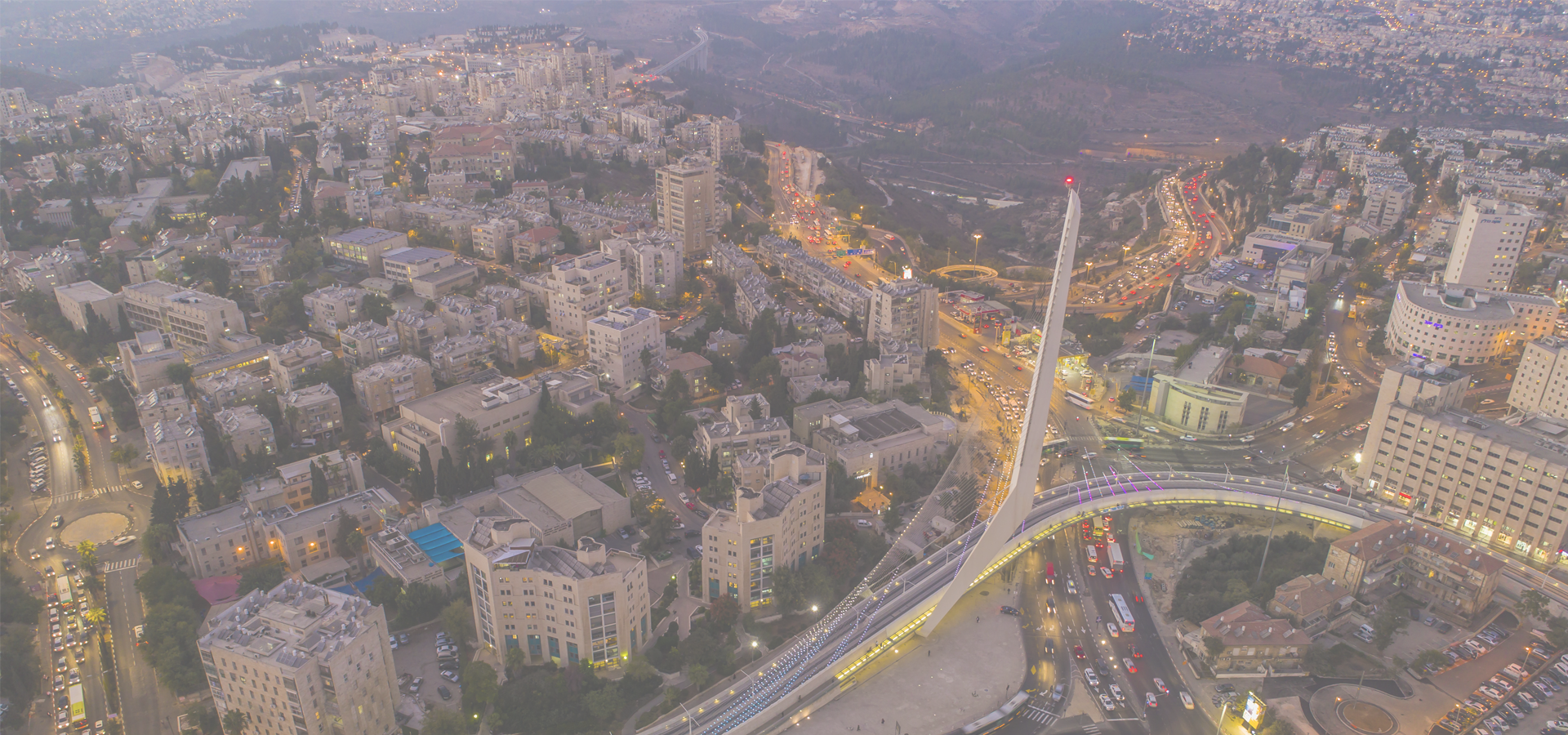Pardes Hanna-Karkur, Haifa District, Israel
🇮🇱 Pardes Hanna-Karkur (פַּרְדֵּס חַנָּה-כַּרְכּוּר) is a town in the Haifa District of Israel.
History An Arab village named Karkur had stood at this location by the time the Palestine Exploration Fund had compiled its first maps in 1878.
In 1913, 15 square km of land was purchased by the Hachsharat Hayishuv society from Arabs in Jenin and Haifa for 400,000 francs (a sum equivalent to 2 million US dollars). Two years later, the land was sold to a private investor, Yitzhak Shlezinger, the Odessa Committee and the First London Ahuza society. This land became the core of Karkur, Moshav Gan Hashomron and Kibbutz Ein Shemer. Until actual settlement began, the area was guarded by Hashomer, which planted eucalyptus trees to circumvent a Turkish law that allowed the Ottomans to expropriate lands if they were not cultivated for three years.
The early settlements did not fare well. Shlezinger went bankrupt and sold his land to the Jewish National Fund. The London Ahuza society hoped to settle English Jews on the land, but succeeded only partially. Eventually the Jewish National Fund and the London Ahuza society joined forces to establish Karkur.
According to a census conducted in 1922 by the British Mandate authorities, Karkur had a population of 38 inhabitants, consisting of 35 Jews and 3 Muslims.
Pardes Hanna was founded in 1929 by Palestine Jewish Colonisation Association, just east of Karkur.
By 1931, the census in Karkur reported 189 houses, with an overwhelming Muslim majority (282 Jews and 564 Muslims); and 282 people lived in Pardes Hanna, all Jews. In 1945, the population of Karkur village recorded as 2380, with Karkur itself having 900 people, all Jews; Pardes Hanna village showed 2,300 Jews and 670 Muslims, with 1,860 people (all Jews) in Pardes Hanna itself.
During World War II, residents worked in Ein Shemer Airfield, operated by the British Royal Air Force as RAF Ein Shemer. According to Marom, "Jewish workers socialised with British troops at nearby coffeehouses like Teacher’s Garden Café and other public institutions in Karkur. Jewish residents of Karkur nicknamed their settlement a ‘colony of love’ because many English-speaking women fraternised with the British soldiers, under the auspices of the local Jewish Hospitality Committee".
On 6 April 1948, the Irgun raided the British Army camp at Pardes Hanna, killing seven British soldiers and stealing a large quantity of weapons.
After Israeli independence, Neveh Efraim was founded by Jewish immigrants from Yemen and Neve Oved was established by the Labor movement. In addition, many Jews from Mumbai, India, including Jews from Bahrain who fled to Israel via Mumbai, settled there.
In the 1950s, the villages Tel Shalom and Neve Efraim were merged with Pardes Hanna. Pardes Hanna and Karkur merged in 1969.
The meaning of the name Pardes Hanna in Hebrew is "Hannah's [Citrus] Orchard". The place is named after Hannah Primrose, Countess of Rosebery née de Rothschild (1851-1890), daughter of Mayer Anschel Rothschild. Naming the town after Hannah Primrose née de Rothschild is part of tradition of having cities, towns and other settlements in Israel named in honor of members of the Rothschild family, primarily due to the generosity and influence of Baron Edmond James de Rothschild, HaNadiv (the Benefactor), upon the history of the Land of Israel and the State of Israel. Pardes Hanna, which as of 2019 had a population of 43,000, is one of 10 cities, towns or settlements in the State of Israel bearing the name of a Rothschild. The others are, in order of their founding: Zichron Ya'akov (1882), Mazkeret Batya (1883), Bat Shlomo (1889), Meir Shfeya (1891), Givat Ada (1903), Binyamina (1922), Ashdot Ya'akov (1924), Shadmot Dvora (1924) and Sde Eliezer (1950). The reason Pardes Hanna was named for Hanna Primrose née de Rothschild in particular is uncertain but she appears to have contributed to Jewish causes; the Rothschild archive site attests: "In the Jewish community [in Britain] she was a generous, though often anonymous benefactor".
Transport Pardes Hanna-Karkur is served by the Caesarea-Pardes Hanna Railway Station and by buses run by Egged and Kavim. It is connected to Highway 4 by Road 651, to Highway 65 by Roads 650,652 and 6502, and to Highway 70 by road 652.
Jerusalem Time

🇺🇸 Shreveport 32.476
🇯🇵 Yatsushiro 32.5
🇲🇦 Fquih Ben Salah 32.5
🇮🇱 Umm al-Fahm 32.517
🇲🇽 San Luis Rio Colorado 32.467
🇺🇸 Statesboro 32.433
🇮🇱 Bet Shemesh 34.984
🇮🇱 Beit Shemesh 34.991
🇮🇱 Modi'in-Maccabim-Re'ut 35.02
🇺🇦 Dnipropetrovsk 35.046
🇮🇱 Kiryat Motzkin 35.079
🇮🇱 Rosh Ha‘Ayin 34.95
🇮🇱 Rosh HaAyin 34.95
🇮🇱 Drom HaSharon 34.9
🇮🇱 Hod HaSharon 34.883
Locations Near: Pardes Hanna-Karkur 34.9667,32.4667
🇮🇱 Netanya 34.867,32.343 d: 16.6
🇮🇱 Umm al-Fahm 35.15,32.517 d: 18.1
🇮🇱 Ra'anana 34.885,32.188 d: 32
🇮🇱 Kfar Saba 34.91,32.176 d: 32.8
🇮🇱 Hod HaSharon 34.883,32.15 d: 36.1
🇮🇱 Herzliya 34.841,32.164 d: 35.7
🇮🇱 Drom HaSharon 34.9,32.133 d: 37.6
Antipodal to: Pardes Hanna-Karkur -145.033,-32.467
🇵🇫 Papeete -149.566,-17.537 d: 18293.9
🇦🇸 Pago Pago -170.701,-14.279 d: 16721.9
🇹🇴 Nuku'alofa -175.216,-21.136 d: 16779.9
🇼🇸 Apia -171.76,-13.833 d: 16603.9
🇺🇸 Hilo -155.089,19.725 d: 14113.8
🇺🇸 Maui -156.446,20.72 d: 13977.7
🇺🇸 Kahului -156.466,20.891 d: 13958.6
🇺🇸 Maui County -156.617,20.868 d: 13958